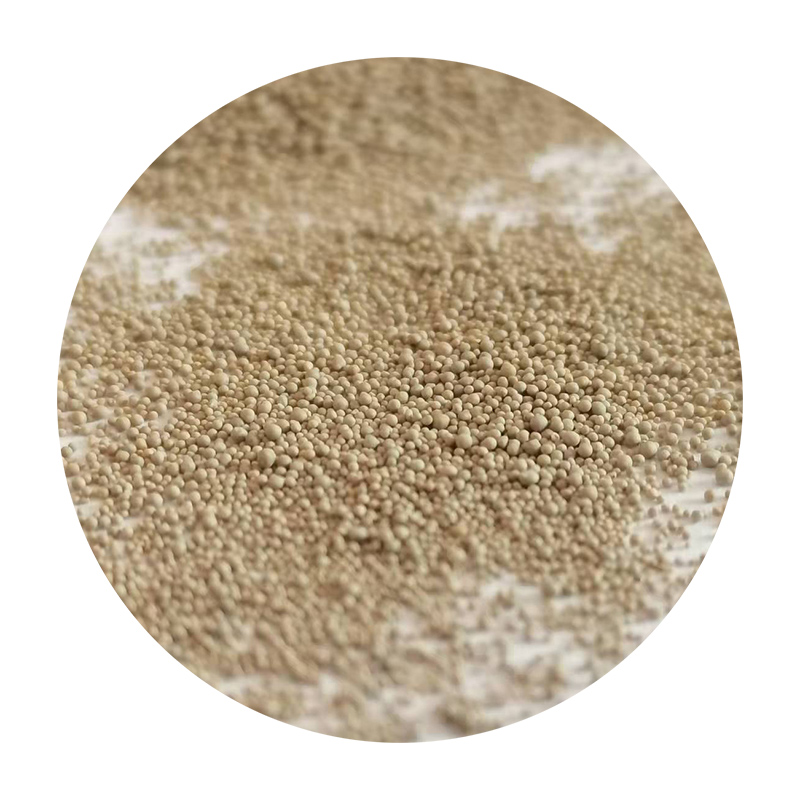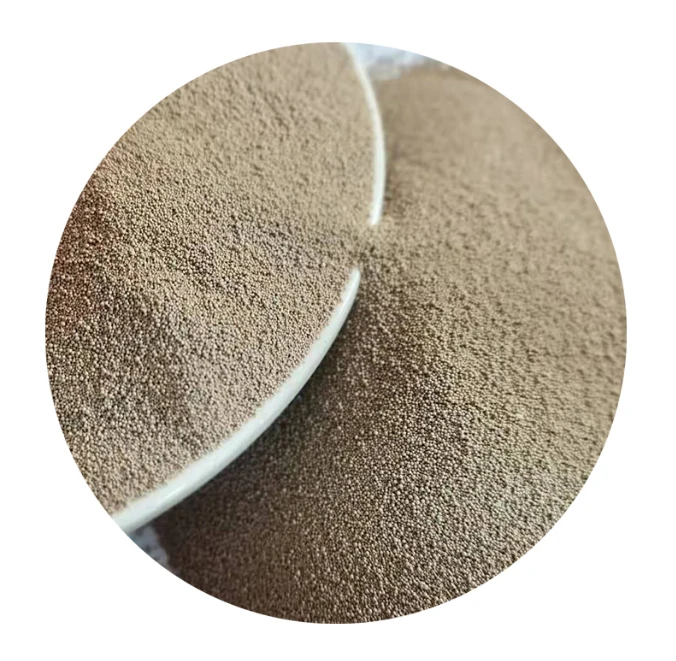

As you progress, check your work frequently. This ensures that you are not over-sanding any single area and helps you gauge when to move to a finer grit. It is essential to regularly wipe the surface clean with a damp cloth to remove sanding debris. As you transition to finer grits like 1000 or 1500, the resin surface will begin to reveal a soft sheen, indicative of imperfections being methodically smoothed out. A pivotal aspect of wet sanding is the final finish, where expertise truly transforms into craftsmanship. Applying strokes with 2000-grit paper, which essentially buff the resin to a high-gloss finish, requires patience and precision. Don’t rush this step; the impeccable shine of a well-sanded piece is an artisan’s signature. Post-finishing, it's time to restore the resin's gleam. Utilize a high-quality polishing compound and a soft cloth to buff the surface. This not only removes microscopic scratches left by even the finest grit but also elevates the clarity and depth of the resin finish. For projects requiring a heightened gloss, consider using a dedicated resin polishing system, which can significantly enhance the final appearance. Ultimately, the trust in the wet sanding process is built through experience and attention to detail. Whether crafting jewelry, decorative pieces, or functional art, the ability to impart a smooth, professional finish speaks volumes of one’s commitment to quality. This knowledge not only elevates individual projects but also builds trust with clients and customers who recognize the meticulous care that defines expert craftsmanship. Thus, mastering wet sanding resin is not just a technique; it is an art form that embodies precision, care, and the relentless pursuit of perfection. Post time:فوریه . 18, 2025 07:35
Next:sanding resin
